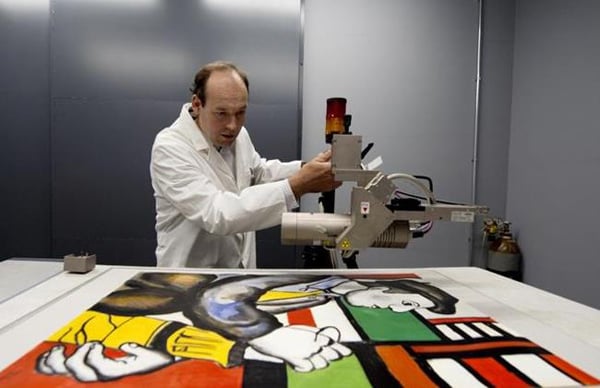Galleries
Over 50 Percent of Art is Fake


Artnet News

As the auction and fair season gets into full swing this week in London, Switzerland’s Fine Art Expert Institute (FAEI) has a solemn warning for collectors across the art market: buyer beware. According to a report by the AFP, the Geneva-based FAEI’s chief Yann Walther claims that estimates of 50 percent of art circulating on the market being forged or misattributed are likely on the conservative end of the spectrum.
According to Walther, approximately 70–90 percent of artworks that his organization examines on behalf of collectors and dealers end up not being by the artist claimed. The institute charges up to €15,000 ($19,000) to verify paintings through a range of techniques. Those include X-rays, infrared scans, and radiocarbon dating. Often, fakes can be spotted easily, many of them having been painted over other works due to the need to use an appropriately aged canvas or painted with pigments that don’t match up to their purported artist or time period. Others require more extensive and more expensive tests.
Located in the Geneva Freeport, which holds over one million artworks, the institute has no shortage of works to verify. In an increasingly competitive and high-priced market, collectors are more and more inclined to request empirical evidence when making acquisitions and “scientific analysis adds value to artworks,” Walther told the AFP.
“When you buy an apartment, you always get an appraisal first,” he added. “But in the art world, until recently, you could buy works for €10 million without sufficient documentation.”